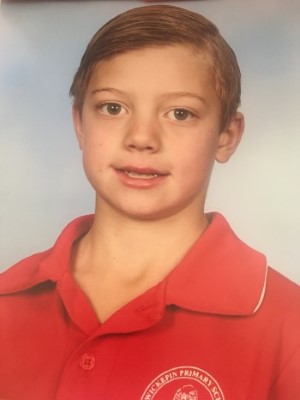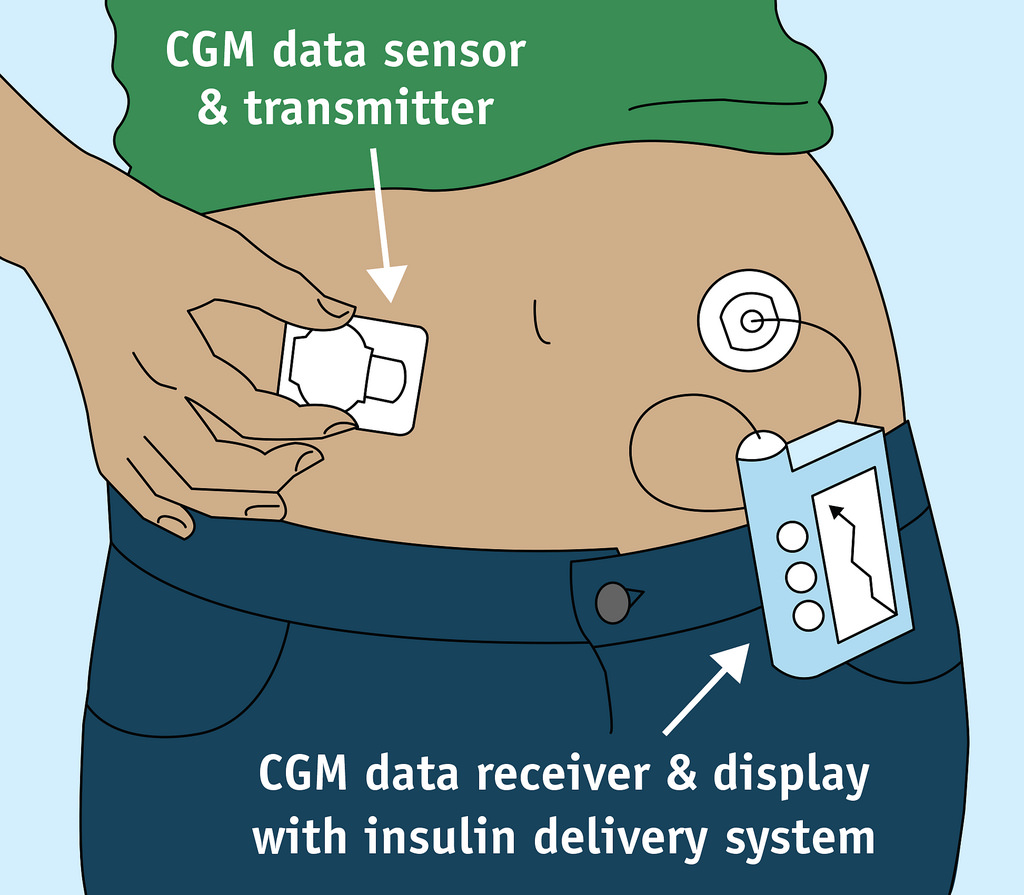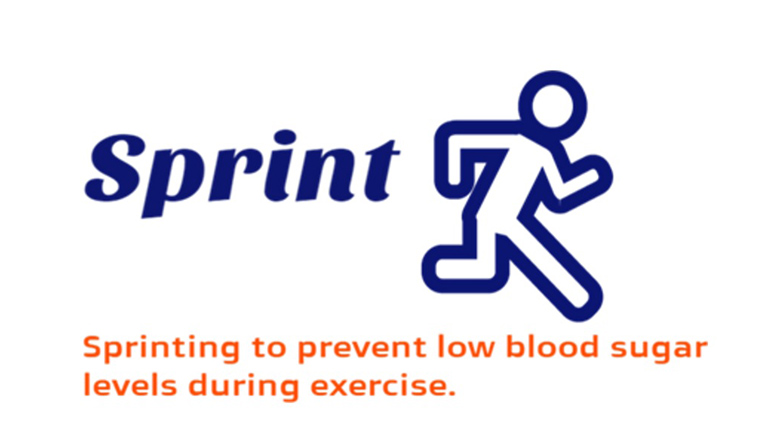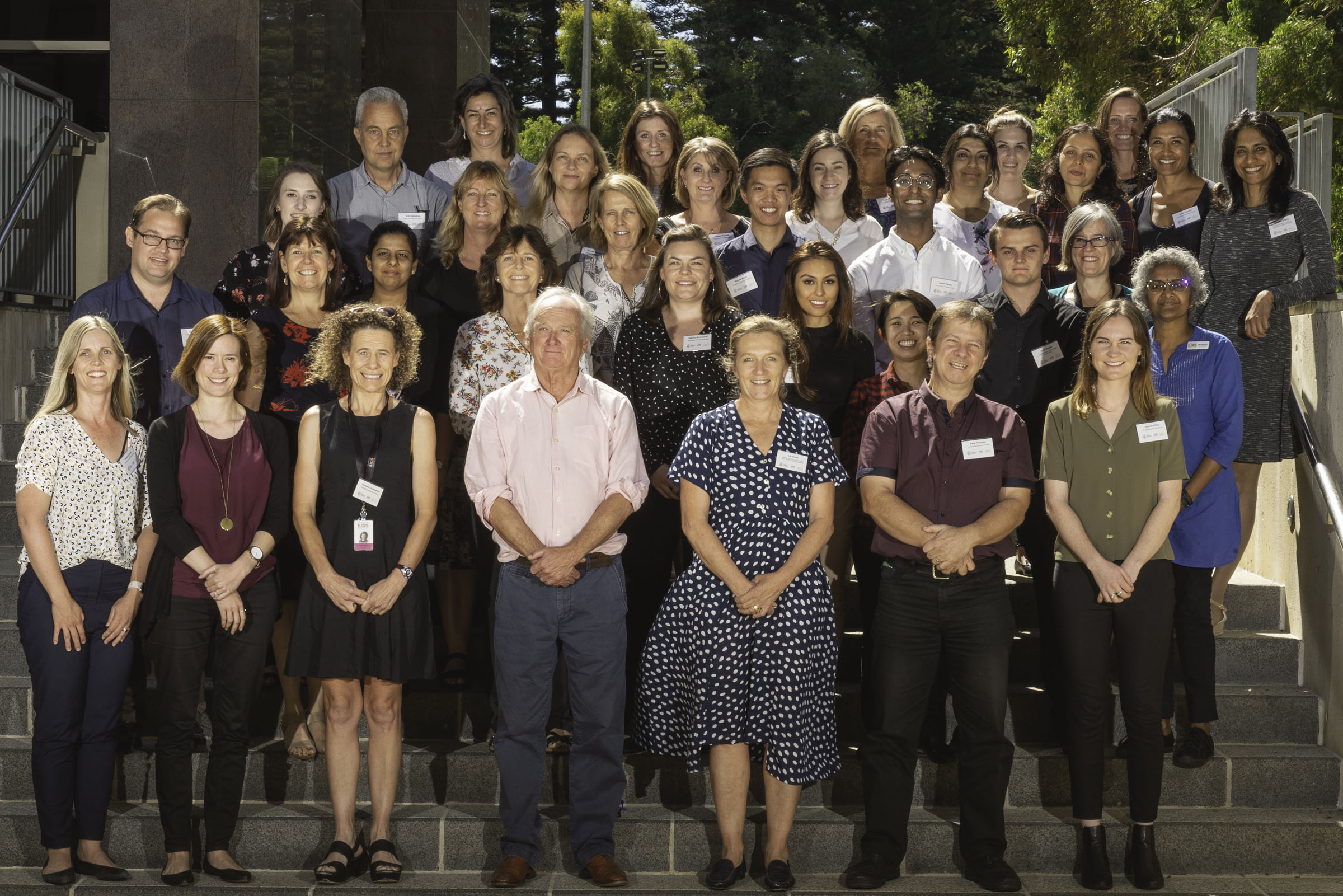Search

News & Events
Have your say on exerciseAdolescents and young adults with Type 1 Diabetes are invited to be co-researchers at a summit to help develop the Children’s Diabetes Centre’s new exercise gui

News & Events
Well done Niru!Congratulations to Children’s Diabetes Centre clinical research coordinator Niru Paramalingam who is the recipient of a 2017 The Kids Research Institute Australia Kudos Award

News & Events
Congratulations VinuthaCongratulations to Dr Vinutha Shetty who has been awarded a Type 1 Diabetes Clinical Research Network’s Mentored Clinician Researcher Fellowship Award for 2017.

News & Events
Teens with diabetes cope with the additional burden of CV protectionACE inhibitors and statins are well tolerated in teenagers with Type 1 Diabetes but more evidence is required to demonstrate whether they are effective

News & Events
Have your sayThe Children's Diabetes Centre values the importance of community members having a say by giving feedback and guidance on issues important to them.

News & Events
Zandyn's storyHaving diabetes is hard and that's why our researchers are working tirelessly to develop more effective therapies to improve the lives of those living with T1D

News & Events
CGM and exercise trialChildren with Type 1 Diabetes (aged eight to 12 years) are needed for a new trial into Continuous Glucose Monitoring (CGM) and exercise.

News & Events
Sprint studyJoin us in Western Australia's first home-based study looking at the effect of sprinting during exercise in Type 1 Diabetes.

News & Events
Transitioning from paediatric to adult diabetes servicesThe period of transition between paediatric (child) services and adult-based services is a sensitive one for patients with diabetes.

Find out what the Children's Diabetes Centre is and what research it is conducting.
